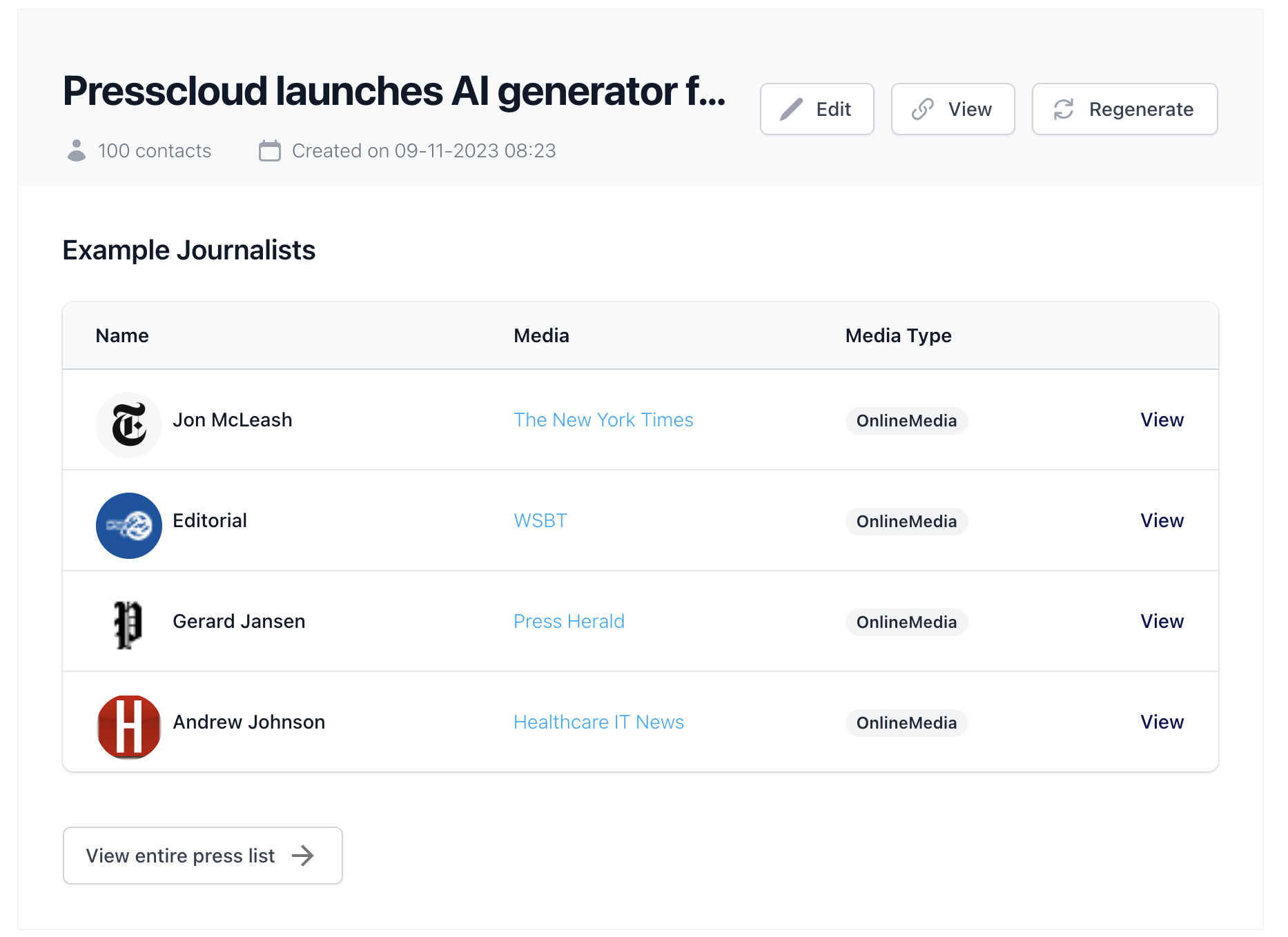As a startup, you want to quickly stand out in a crowded market, and PR is a powerful tool to achieve that. But how do you really make an impact with your PR strategy? In this blog, we help you get started with 6 steps!
1. Build a strong story
Before approaching the media, it’s important to have a strong and unique story. What makes your startup different? Why should people be interested? It’s about more than just your product; it’s about your company’s vision, mission, and values. A good story sticks and makes you memorable to both journalists and the public.
2. Identify your niche and target audience
Startups often have limited resources, so it’s important to work strategically. Determine who your target audience is and where they get their information. Maybe you’re targeting tech journalists or media focused on sustainability. By having a clear picture of who you want to reach, you can execute more targeted PR efforts.
3. Start small, but smart
Major media attention is great but often hard to get when you’re still small. Therefore, start by approaching local or niche media. These outlets are often more accessible for startups and provide a good platform to share your story. Successful publications in these outlets can be a springboard to larger, more mainstream media.
4. Build relationships with journalists
One of the key elements of PR is building long-term relationships with journalists. This means not just sending out press releases but also maintaining personal contact. Get to know journalists who write about your sector and follow them on social media. If you are proactive and sincere, you increase the chances they will pick up your story when you approach them.
5. Be authentic and consistent
Startups are often valued for their authenticity. It’s important to be consistent in your communication. This means being honest and open in your PR statements. Whether it’s a new product launch or addressing a problem: make sure you are always transparent.
6. Use multimedia
A press release is more than just text. Always add visual elements, such as photos, videos, or infographics, to amplify your message. This not only makes it more appealing to the press but also ensures your story is better remembered.
A practical example
A good example is the Dutch startup Swapfiets. When they launched their bicycle subscription service, they started small by approaching local media and emphasizing their sustainable vision. This led to attention from larger platforms, including national newspapers and TV shows, significantly boosting their brand awareness.
Conclusion
PR for startups is about building trust, relationships, and a strong story. By working smart and targeting the right media, you can make a big impact even with limited resources.

